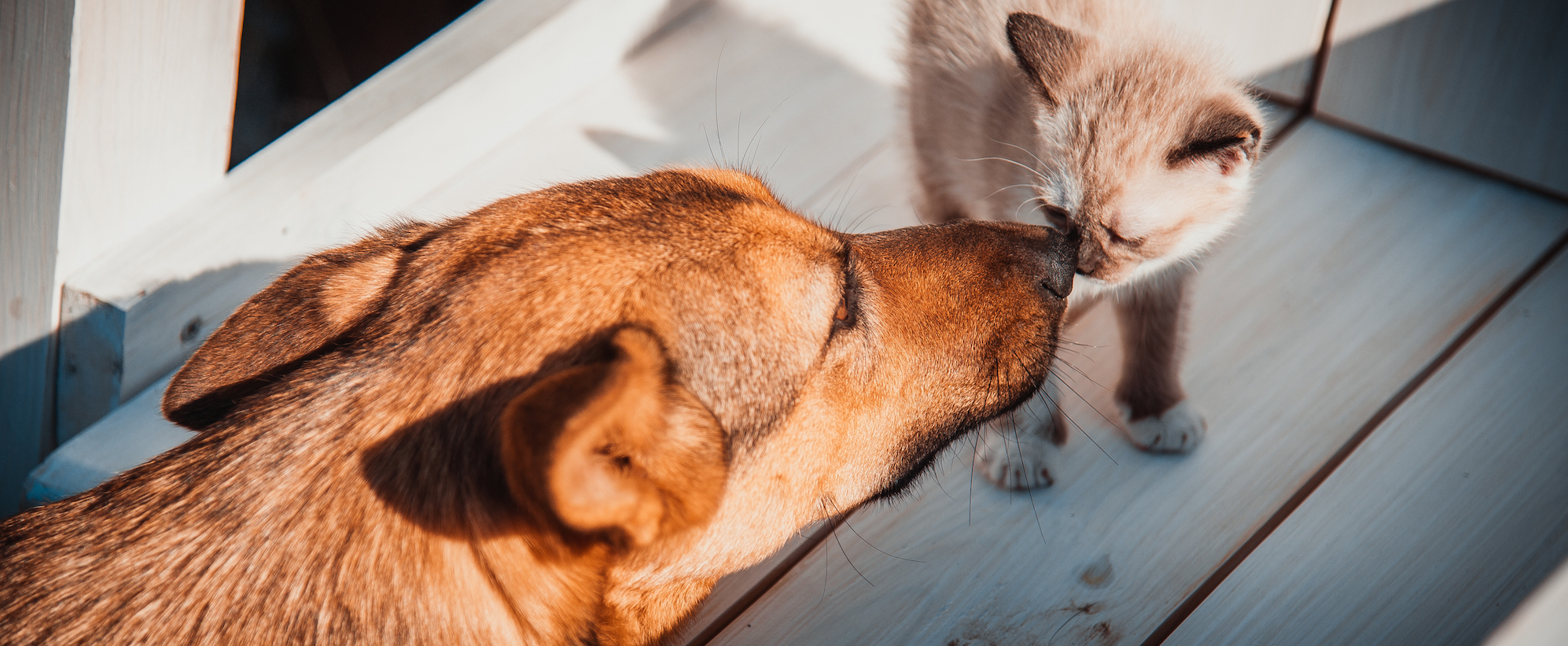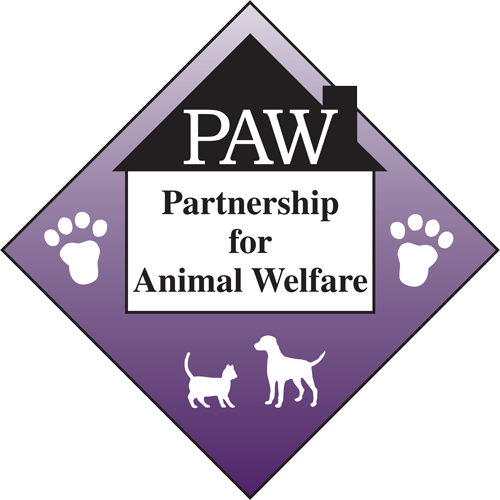
Foster Care Standards
1. Humane Care.
- Foster must provide a psychologically, physically, and mentally safe environment in his or her home in which to house and transport the animal. All conditions must be based upon species, age, and size of animal. There should be no opportunity for the animal to escape from the foster’s care.
- Foster must provide proper and immediate medical care as directed by the medical coordinator, dog coordinator or cat coordinator. Or in emergency, act appropriately to insure animal’s heath and well being.
- Foster must provide clean water daily and food appropriate to the animal being fostered. Foster must feed animal the appropriate number of meals required for that animal based on age and medical conditions.
- Foster must provide clean bedding adequate in size and composition for the animal.
- Foster home must be free of animal odors, animal waste product, and bugs that indicate cleanliness problems.
- Foster must be able to separate fostered animal from owned animals, if required, due to medical, age, or behavioral issues.
- Foster’s owned animals must be up-to-date on vaccines as appropriate for age and species, and as determined by his or her veterinarian.
- All owned animals must be spayed/neutered unless there is a medical reason the animal cannot be altered. An exception may be made for purebred show animals.
- Foster must provide adequate and sanitary places for animal to eliminate.
2. Evaluating Foster Homes.
- New foster homes should have a home visit within two weeks of application to foster, but must be approved before placement of any foster animals.
- Existing/approved foster homes should be recertified periodically with an in-home visit and by submission of an updated/signed Foster Care Agreement.
- Existing/approved foster homes should be re-evaluated immediately if problems with humane care are discovered or suspected.
- Approval of a foster and normal recertification should be performed by a designee of the dog or cat coordinator. If there is a suspected problem, the dog or cat coordinator should perform the re-evaluation immediately with the assistance of 2 experienced PAW volunteers.
- The foster and cat/dog coordinator should decide what is a reasonable animal/human ratio.
NOTE: It is the Foster’s responsibility to make sure they are in compliance with the laws of their respective jurisdictions for any per-household limits on animals. For example, in Prince George’s County and D.C. a permit is required to have 5 or more animals in a household. Also it is the Fosters responsibility to make sure their animals don’t cause an unsanitary, dangerous, or offensive conditions, and they must not be a public nuisance. To find out the specific codes and laws for an area please contact the Animal Services Division of your local government.
3. Removing Foster Animals from Homes not Meeting Standards.
If the foster home is not in compliance and animals’ lives are in jeopardy, then steps need to be taken to immediately correct the situation or remove the animals.
If the non-compliance is less egregious, the foster should be given a limited amount of time to correct the situation. During that period of time (1-3 months depending on the issue), the foster may continue to foster current animals but no new ones will be placed in his/her home. At the end of the time period, the foster home should be re-evaluated. If the foster is still not in compliance, a decision needs to be made by the cat/dog coordinator, in consultation with the Board, as to whether (if there are fosters remaining) the animals should be left to give the foster more time (1 month extension) or the animals should be removed.
4. Animal Removal and Reinstatement.
The cat/dog coordinator, in consultation with the Board, can begin to slowly reestablish the foster home, and place a limited number of animals in the home. Home should be monitored, if necessary. However, if it is an egregious violation, PAW may decide not to reinstate a foster home.
5. If a Foster Disappears with a Foster Animal.
PAW has the right to the return of the animal to PAW care/control if this occurs. The Board should decide what financial resources will be applied to getting the animal back.


